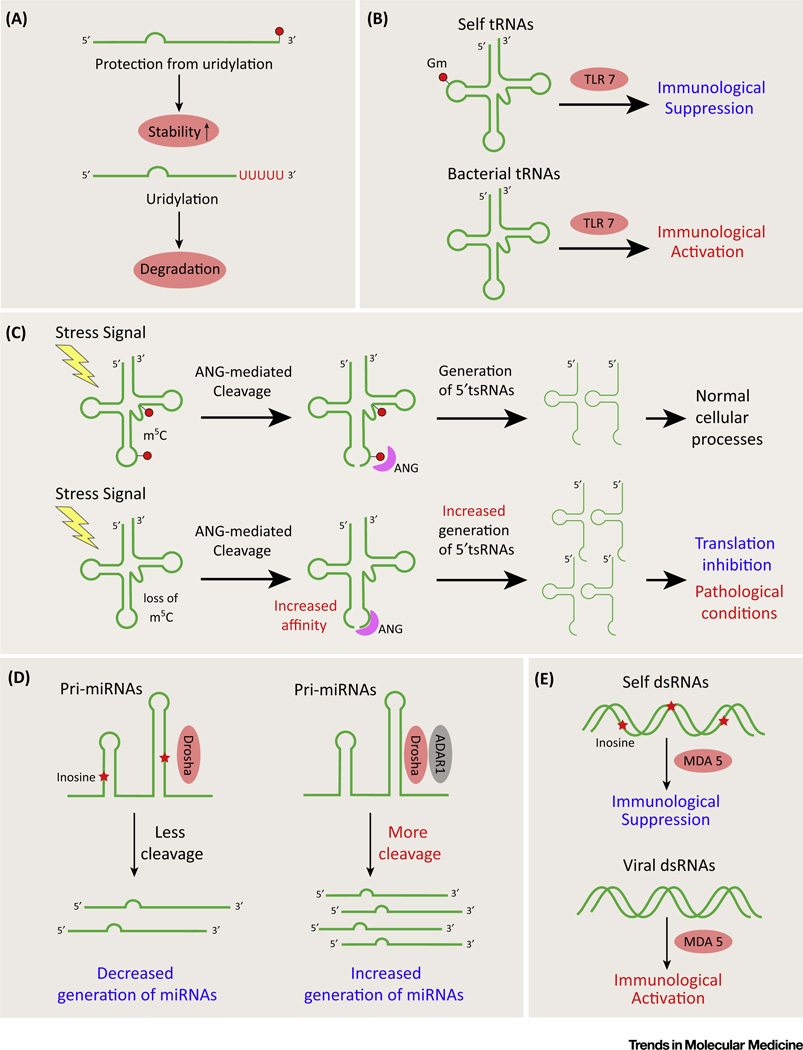Figure 2. Representative Biological Functions of RNA Modifications and RNA Editing Events in Small RNAs.
(A) 2′-O-Methylation at the 3′ end of small RNAs can protect these from uridylation, preventing degradation by RNA decay pathways. (B) Discrimination of self and non-self RNAs. Bacterial tRNAs lacking 2′-O-methylation at position 18 (Gm) are recognized by Toll-like receptor 7 (TLR-7) on the endosomal surface of relevant immune cells, activating downstream innate immunity. (C) m5C fine-tunes angiogenin (ANG)-mediated tRNA cleavage under conditions of cellular stress (nutritional starvation etc.). tRNAs lacking m5C are preferentially cleaved by ANG, leading to accumulation of tRNA-derived small RNAs (tsRNAs) and associated pathology (as in the case of certain tumors). (D) Adenosine-to-inosine (A-to-I) editing influences miRNA biogenesis. pri-miRNAs harboring inosines [generated by adenosine deaminase acting on RNA 1 (ADAR1)] are resistant to cleavage by double-strand RNA (dsRNA)-specific endoribonuclease (Drosha), the core nuclease in miRNA processing, thus decreasing mature miRNA production. (E) Inosine discriminates endogenous versus viral RNAs. Melanoma differentiation-associated protein 5 (MDA5) is a RIG-I-like receptor dsRNA helicase enzyme that binds viral dsRNAs lacking inosine bases to trigger antiviral responses.

